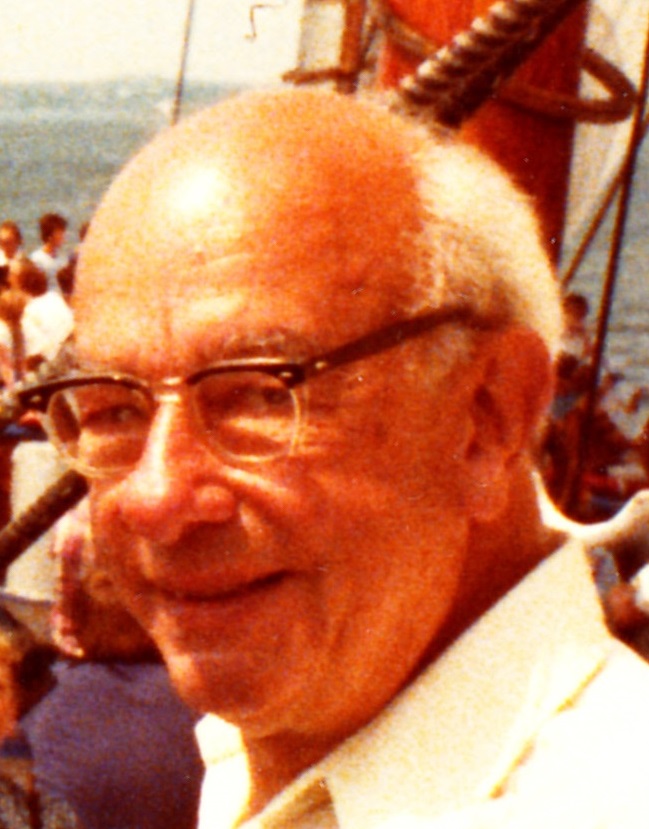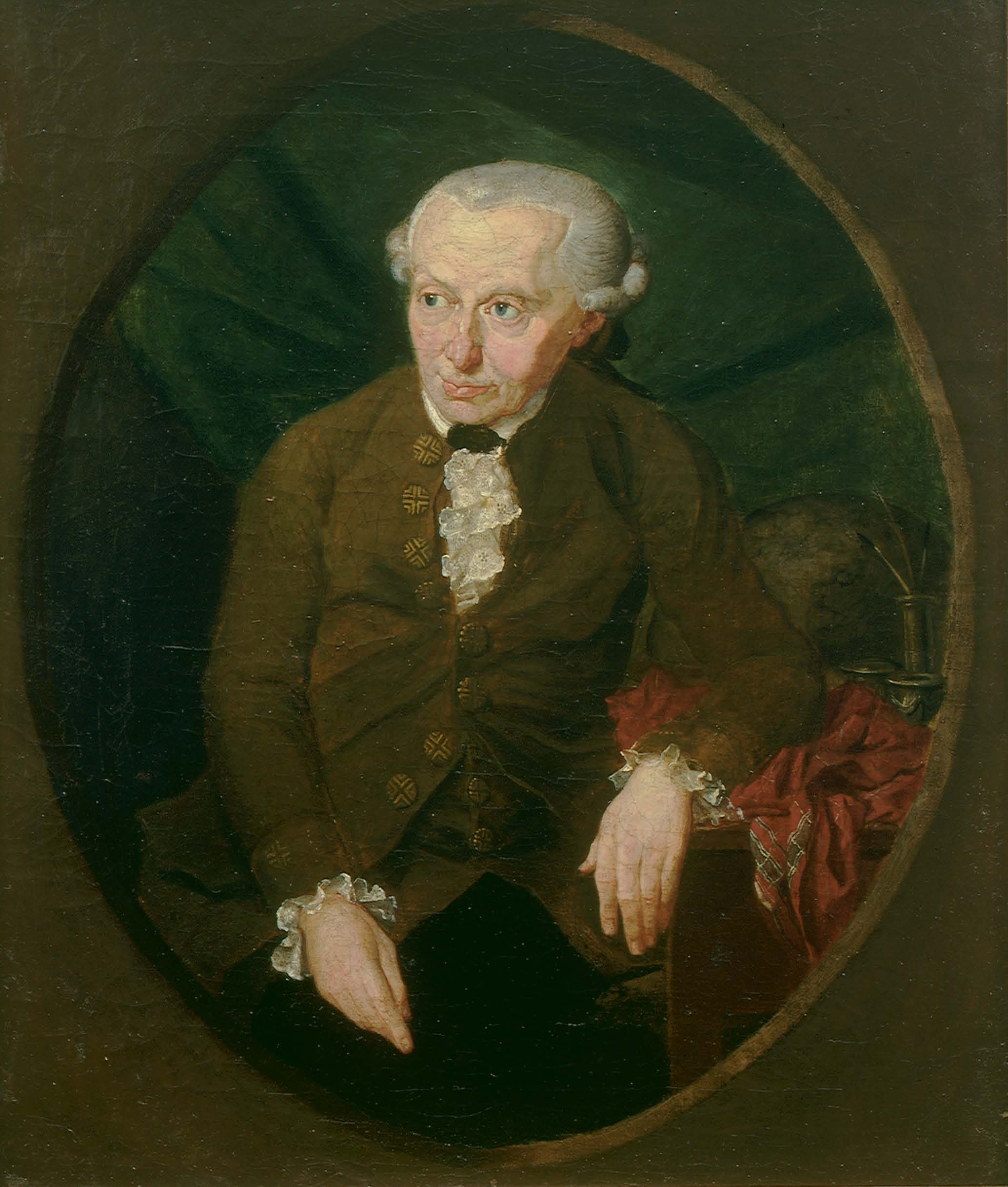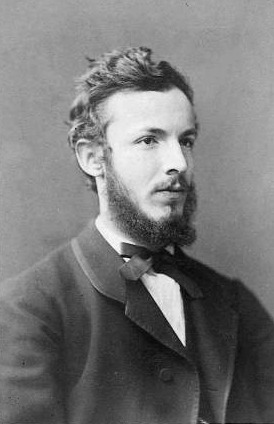|
Mereology
Mereology (; from Greek μέρος 'part' (root: μερε-, ''mere-'') and the suffix ''-logy'', 'study, discussion, science') is the philosophical study of part-whole relationships, also called ''parthood relationships''. As a branch of metaphysics, mereology examines the connections between parts and their wholes, exploring how components interact within a system. This theory has roots in ancient philosophy, with significant contributions from Plato, Aristotle, and later, medieval and Renaissance thinkers like Thomas Aquinas and John Duns Scotus. Mereology was formally axiomatized in the 20th century by Polish logician Stanisław Leśniewski, who introduced it as part of a comprehensive framework for logic and mathematics, and coined the word "mereology". Mereological ideas were influential in early , and formal mereology has continued to be used by a minority in works on the . Different axiomatizations of mereology have been applied in , used in to analyze "mass terms", use ... [...More Info...] [...Related Items...] OR: [Wikipedia] [Google] [Baidu] [Amazon] |
Whitehead's Point-free Geometry
In mathematics, point-free geometry is a geometry whose primitive ontology, ontological notion is ''region (mathematics), region'' rather than point (geometry), point. Two axiomatic systems are set out below, one grounded in mereology, the other in mereotopology and known as ''connection theory''. Point-free geometry was first formulated by Alfred North Whitehead, not as a theory of geometry or of spacetime, but of "events" and of an "extension relation (mathematics), relation" between events. Whitehead's purposes were as much philosophical as scientific and mathematical. Formalizations Whitehead did not set out his theories in a manner that would satisfy present-day canons of formality. The two formal List of first-order theories, first-order theories described in this entry were devised by others in order to clarify and refine Whitehead's theories. The domain of discourse for both theories consists of "regions." All quantification (logic), unquantified variables in this entry s ... [...More Info...] [...Related Items...] OR: [Wikipedia] [Google] [Baidu] [Amazon] |
Mereotopology
In formal ontology, a branch of metaphysics, and in ontological computer science, mereotopology is a first-order theory, embodying mereological and topological concepts, of the relations among wholes, parts, parts of parts, and the boundaries between parts. History and motivation Mereotopology begins in philosophy with theories articulated by A. N. Whitehead in several books and articles he published between 1916 and 1929, drawing in part on the mereogeometry of De Laguna (1922). The first to have proposed the idea of a point-free definition of the concept of topological space in mathematics was Karl Menger in his book ''Dimensionstheorie'' (1928) -- see also his (1940). The early historical background of mereotopology is documented in Bélanger and Marquis (2013) and Whitehead's early work is discussed in Kneebone (1963: ch. 13.5) and Simons (1987: 2.9.1). The theory of Whitehead's 1929 ''Process and Reality'' augmented the part-whole relation with topological notions such as ... [...More Info...] [...Related Items...] OR: [Wikipedia] [Google] [Baidu] [Amazon] |
Ontology
Ontology is the philosophical study of existence, being. It is traditionally understood as the subdiscipline of metaphysics focused on the most general features of reality. As one of the most fundamental concepts, being encompasses all of reality and every entity within it. To articulate the basic structure of being, ontology examines the commonalities among all things and investigates their classification into basic types, such as the Theory of categories, categories of particulars and Universal (metaphysics), universals. Particulars are unique, non-repeatable entities, such as the person Socrates, whereas universals are general, repeatable entities, like the color ''green''. Another distinction exists between Abstract and concrete, concrete objects existing in space and time, such as a tree, and abstract objects existing outside space and time, like the number 7. Systems of categories aim to provide a comprehensive inventory of reality by employing categories such as Substance t ... [...More Info...] [...Related Items...] OR: [Wikipedia] [Google] [Baidu] [Amazon] |
Stanisław Leśniewski
Stanisław Leśniewski (; 30 March 1886 – 13 May 1939) was a Polish mathematician, philosopher and logician. A professor of mathematics at the University of Warsaw, he was a leading representative of the Lwów–Warsaw School of Logic and is known for coining and introducing the concept of mereology as part of a comprehensive framework for logic and mathematics. Life Leśniewski was born on 28 March 1886 at Serpukhov, near Moscow, to father Izydor, an engineer working on the construction of the Trans-Siberian Railway, and mother Helena (''née'' Palczewska). Leśniewski went to a high school in Irkutsk. Later he attended lectures by Hans Cornelius at the Ludwig Maximilian University of Munich and lectures by Wacław Sierpiński at Lviv University. Leśniewski belonged to the first generation of the Lwów–Warsaw School of logic founded by Kazimierz Twardowski. Together with Alfred Tarski and Jan Łukasiewicz, he formed a trio which made the University of Warsaw, during th ... [...More Info...] [...Related Items...] OR: [Wikipedia] [Google] [Baidu] [Amazon] |
Metaphysics
Metaphysics is the branch of philosophy that examines the basic structure of reality. It is traditionally seen as the study of mind-independent features of the world, but some theorists view it as an inquiry into the conceptual framework of human understanding. Some philosophers, including Aristotle, designate metaphysics as first philosophy to suggest that it is more fundamental than other forms of philosophical inquiry. Metaphysics encompasses a wide range of general and abstract topics. It investigates the nature of existence, the features all entities have in common, and their division into categories of being. An influential division is between particulars and universals. Particulars are individual unique entities, like a specific apple. Universals are general features that different particulars have in common, like the color . Modal metaphysics examines what it means for something to be possible or necessary. Metaphysicians also explore the concepts of space, time, ... [...More Info...] [...Related Items...] OR: [Wikipedia] [Google] [Baidu] [Amazon] |
Nelson Goodman
Henry Nelson Goodman (7 August 1906 – 25 November 1998) was an American philosopher, known for his work on counterfactuals, mereology, the problem of induction, irrealism, and aesthetics. Life and career Goodman was born in Somerville, Massachusetts, the son of Sarah Elizabeth (née Woodbury) and Henry Lewis Goodman. He was of Jewish origins. He graduated from Harvard University, AB, '' magna cum laude'' (1928). During the 1930s, he ran an art gallery in Boston, Massachusetts, while studying for a Harvard PhD in philosophy, which he completed in 1941. His experience as an art dealer helps explain his later turn towards aesthetics, where he became better known than in logic and analytic philosophy. During World War II, he served as a psychologist in the US Army. He taught at the University of Pennsylvania, 1946–1964, where his students included Noam Chomsky, Sidney Morgenbesser, Stephen Stich, and Hilary Putnam. He was a research fellow at the Harvard Center for ... [...More Info...] [...Related Items...] OR: [Wikipedia] [Google] [Baidu] [Amazon] |
Divine Simplicity
In classical theistic and monotheistic theology, the doctrine of divine simplicity says that God is simple (without parts). God exists as one unified entity, with no distinct attributes; God's existence is identical to God's essence. Overview The being of God is identical to the "attributes" of God. Characteristics such as omnipresence, goodness, truth and eternity are identical to God's being, not qualities that make up that being as a collection or abstract entities inherent to God as in a substance; in God, essence and existence are the same. Simplicity denies any physical or metaphysical composition in the divine being. God is the divine nature itself, with no accidents (unnecessary properties) accruing to his nature. There are no real divisions or distinctions of this nature; the entirety of God is whatever is attributed to him. God does not ''have'' goodness, but ''is'' goodness; God does not existence, but ''is'' existence. According to Thomas Aquinas, God is God's ... [...More Info...] [...Related Items...] OR: [Wikipedia] [Google] [Baidu] [Amazon] |
Edmund Husserl
Edmund Gustav Albrecht Husserl (; 8 April 1859 – 27 April 1938) was an Austrian-German philosopher and mathematician who established the school of Phenomenology (philosophy), phenomenology. In his early work, he elaborated critiques of historicism and of psychologism in logic based on analyses of intentionality. In his mature work, he sought to develop a systematic foundational science based on the so-called Bracketing (phenomenology), phenomenological reduction. Arguing that Transcendence (philosophy), transcendental consciousness sets the limits of all possible knowledge, Husserl redefined phenomenology as a Transcendental idealism, transcendental-idealist philosophy. Husserl's thought profoundly influenced 20th-century philosophy, and he remains a notable figure in contemporary philosophy and beyond. Husserl studied mathematics, taught by Karl Weierstrass and Leo Königsberger, and philosophy taught by Franz Brentano and Carl Stumpf. He taught philosophy as a ''Privatdozent' ... [...More Info...] [...Related Items...] OR: [Wikipedia] [Google] [Baidu] [Amazon] |
Ivor Grattan-Guinness
Ivor Owen Grattan-Guinness (23 June 1941 – 12 December 2014) was a historian of mathematics and logic. Life Grattan-Guinness was born in Bakewell, England; his father was a mathematics teacher and educational administrator. He gained his bachelor degree as a Mathematics Scholar at Wadham College, Oxford, and an MSc (Econ) in Mathematical Logic and the Philosophy of Science at the London School of Economics in 1966. He gained both the doctorate (PhD) in 1969, and higher doctorate ( D.Sc.) in 1978, in the History of Science at the University of London. He was Emeritus Professor of the History of Mathematics and Logic at Middlesex University, and a Visiting Research Associate at the London School of Economics. He was awarded the Kenneth O. May Medal for services to the History of Mathematics by the International Commission on the History of Mathematics (ICHM) on 31 July 2009, at Budapest, on the occasion of the 23rd International Congress for the History of Science. [...More Info...] [...Related Items...] OR: [Wikipedia] [Google] [Baidu] [Amazon] |
Beauty
Beauty is commonly described as a feature of objects that makes them pleasure, pleasurable to perceive. Such objects include landscapes, sunsets, humans and works of art. Beauty, art and taste are the main subjects of aesthetics, one of the fields of study within philosophy. As a positive aesthetic value, it is contrasted with Unattractiveness, ugliness as its negative counterpart. One difficulty in understanding beauty is that it has both objective and subjective aspects: it is seen as a property of things but also as depending on the emotional response of observers. Because of its subjective side, beauty is said to be "in the eye of the beholder". It has been argued that the ability on the side of the subject needed to perceive and judge beauty, sometimes referred to as the "sense of taste", can be trained and that the verdicts of experts coincide in the long run. This suggests the standards of validity of judgments of beauty are intersubjective, i.e. dependent on a group of j ... [...More Info...] [...Related Items...] OR: [Wikipedia] [Google] [Baidu] [Amazon] |
Partially Ordered Set
In mathematics, especially order theory, a partial order on a Set (mathematics), set is an arrangement such that, for certain pairs of elements, one precedes the other. The word ''partial'' is used to indicate that not every pair of elements needs to be comparable; that is, there may be pairs for which neither element precedes the other. Partial orders thus generalize total orders, in which every pair is comparable. Formally, a partial order is a homogeneous binary relation that is Reflexive relation, reflexive, antisymmetric relation, antisymmetric, and Transitive relation, transitive. A partially ordered set (poset for short) is an ordered pair P=(X,\leq) consisting of a set X (called the ''ground set'' of P) and a partial order \leq on X. When the meaning is clear from context and there is no ambiguity about the partial order, the set X itself is sometimes called a poset. Partial order relations The term ''partial order'' usually refers to the reflexive partial order relatio ... [...More Info...] [...Related Items...] OR: [Wikipedia] [Google] [Baidu] [Amazon] |
Georg Cantor
Georg Ferdinand Ludwig Philipp Cantor ( ; ; – 6 January 1918) was a mathematician who played a pivotal role in the creation of set theory, which has become a foundations of mathematics, fundamental theory in mathematics. Cantor established the importance of one-to-one correspondence between the members of two sets, defined infinite set, infinite and well-order, well-ordered sets, and proved that the real numbers are more numerous than the natural numbers. Cantor's method of proof of this theorem implies the existence of an infinity of infinities. He defined the cardinal number, cardinal and ordinal number, ordinal numbers and their arithmetic. Cantor's work is of great philosophical interest, a fact he was well aware of. Originally, Cantor's theory of transfinite numbers was regarded as counter-intuitive – even shocking. This caused it to encounter resistance from mathematical contemporaries such as Leopold Kronecker and Henri Poincaré and later from Hermann Wey ... [...More Info...] [...Related Items...] OR: [Wikipedia] [Google] [Baidu] [Amazon] |





